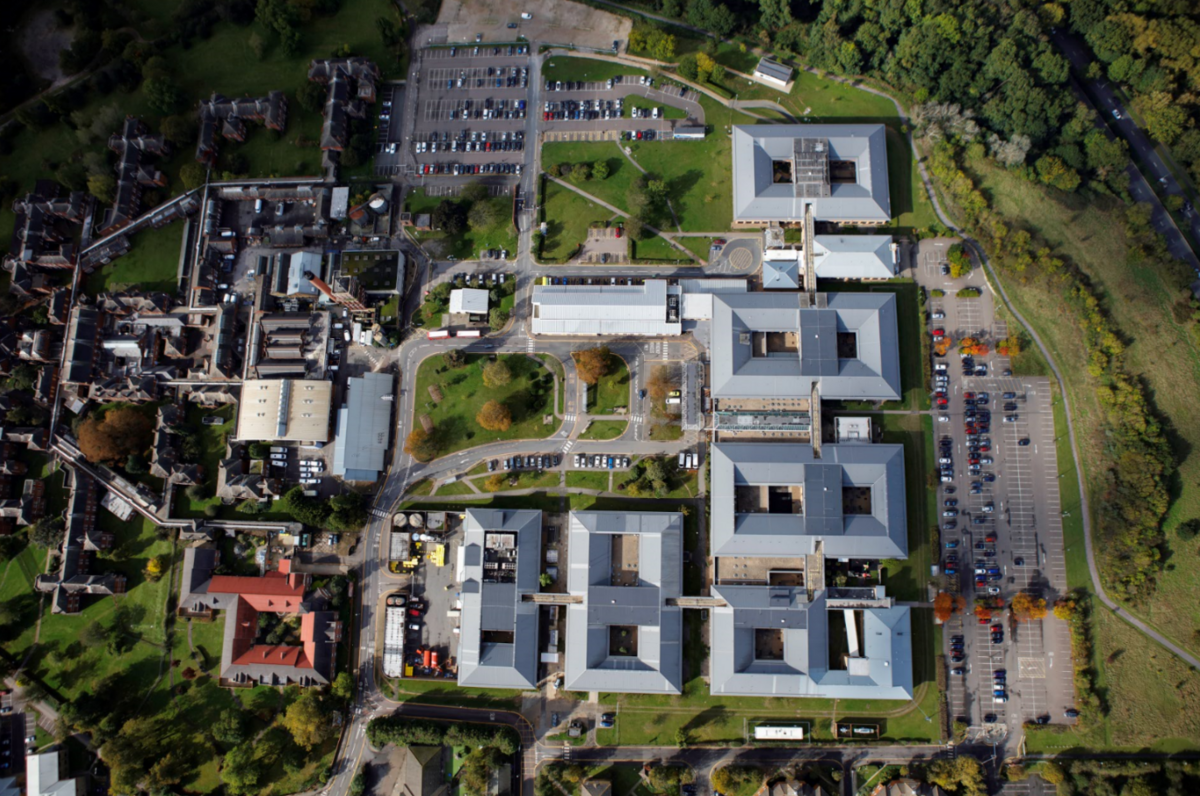
With budgets under increasing pressure, roof maintenance and repairs are commonly addressed reactively as issues occur. Here Tom Kerr, Sales Director at Langley Waterproofing Systems Ltd looks at how taking a proactive long-term approach to maintaining flat roofs will help facilities managers maximise budgets, achieve cost certainty and manage their estate more effectively.
To minimise the risk of costly and potentially disruptive issues occurring, a roof should be viewed as an asset and managed in the same way as any other. In its most basic sense asset management is the process of introducing, operating, maintaining and then upgrading an asset. This can only be carried out effectively if the process is carefully planned and the status of each roof area is understood and monitored.
Easily accessible data is a crucial element of managing any estate. Without good data any long term strategic approach is unnattainable and the management of the estate budget is rendered a purely reactive one.
A full roof condition survey by Langley, in which each roof area is assessed, allows for an in-depth condition report to be built. This will gather data on the roofing systems that were used, their current condition, the repairs already made and any immediate or recent concerns. Core samples, moisture readings and photography will be used to build up a comprehensive picture of the condition of each area. It will also identify any sections that need urgent work, and those that do not.
Understanding the condition, long-term cost and compliance of your flat roof estate will help support a pro-active asset management plan.
Condition
A roof is a significant hidden asset and despite how it may appear, a roof will very rarely fail without warning. Most often the problem has been developing over time and with the right monitoring in place, could have been caught before it reached a critical stage. An assessment of all the roof areas and the establishment of an asset management plan will help to ensure that defects are identified and rectified before they begin to undermine the structure of the roof.
For example, a typical modern flat roofing system is made up of a layer of insulation with membranes above and below. If the waterproofing layer fails, it leads to potentially extensive amounts of water being trapped within the internal layers. Untreated, the condition of the system will continue to degrade until the water begins leaking into the occupied areas of the building. When this happens, repairs will need to be immediate in order to patch and repair the affected area. Whilst the intention is positive, these emergency repairs are unlikely to have addressed the underlying issue and the problem will often return.
Cost
In addition to the disruption caused by repeated reactive fixes, it is also more costly in the long run. Planned Preventative Maintenance (PPM) can find and fix relatively minor defects before they develop into more serious issues. Also, when a roof begins to leak it is not only the cost to rectify the defect but also the damage that the water ingress has caused to the fabric of the building.
Asset management plans provide facilities managers with a costed, 25-year maintenance programme that is aligned to the projected budget and provides a clear view of what is needed and when. This helps to plan and manage budgets more effectively and minimise the risk of sudden or unexpected costs.
Compliance
Finally, as part of the survey and subsequent inspections the roof areas will be checked to ensure full compliance with Health and Safety and Building Regulations. Flat roof areas may need to be accessed to carry out maintenance of roof top equipment such as air conditioning plants and ventilation systems. The asset management plans will identify any potential hazards such as fragile roofs as well as the presence and condition of safety measures like guard rails and fall arrest systems in line with the requirements set out in Approved Document K: Protection from falling, collision and impact.
Part L (Thermal Efficieny) compliance will also be looked at within the survey by core sampling and calculating the thermal efficiency of each roof area.
Furthermore, our roof condition survey includes a full assessment of the level of compliance with regards to fire for each area of the roof. For example, it will assess whether the roof meets the external spread of flame requirements set out in Approved Document B.
Finally where any recommendations for repair or replacement are required, a survey and subsequent specification for remedial works will also pinpoint any areas where it would be unsafe to use flame applied systems and therefore ensure work can be carried out safely. This is an important part of the National Federation of Roofing Contractors’ (NFRC) Safe2Torch initiative. It aims to reduce the risk of fire caused by unsafe practices.
The creation of a full asset management plan alongside regular, planned inspections will help ensure issues are identified before they compromise the integrity of the roof. It will also allow facilities managers to sequence work to achieve maximum efficiency.
Langley’s services provide asset and estate managers with the knowledge they need to budget, maintain and repair effectively, which is crucial where resources are under pressure.
To book a free Langley roof condition survey, please call Cassey Smith; Business Development Co-Ordinator on 01327 704778 or email c.smith@langley.co.uk
Or, for more information on Langley Waterproofing Systems Ltd’s services, you can register and download our ‘Pro-active Flat Roof Asset Management’ Company Overview here https://bit.ly/2Y1FRzt
